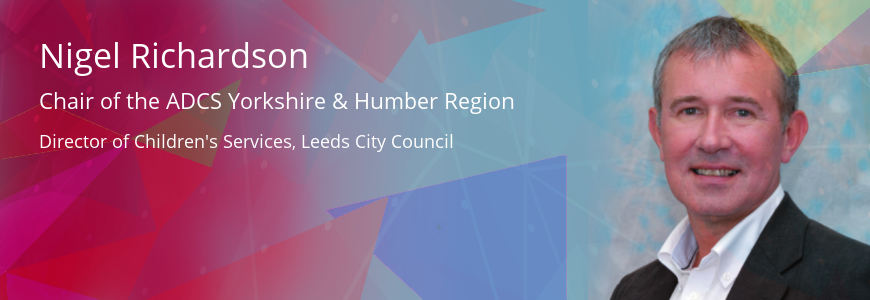A Geography of Hope

As luck would have it, my first ADCS blog coincides very nicely with an article in this month’s First Magazine. The article features the Children’s Commissioner for England, and her plans to pilot a scheme of child-friendly cities or towns in a bid to significantly change our collective approach to working with children.
Now those of you who know me and the work of children’s services in Leeds will appreciate that this article is music to our ears! Since 2010 our ambition has been for Leeds to be recognised as one of the world’s first child-friendly cities – putting children at the heart of our economic growth strategy. Or put another way ensuring the centrality of children to the sustainable growth of the area. Building on the original concept of child-friendly cities developed by Unicef, we have used this ambition to mobilise an entire city behind the need to safeguard and promote the welfare of children and young people.
Such an approach allows new and exciting partnerships and alliances to develop, and these can go way beyond the more traditional relationships that usually surround children’s services. For example the role of businesses, the third sector, sports clubs, retail outlets and media organisations within an area can be developed to provide a collective focus on supporting all children and young people in local communities, with a particular emphasis on the most vulnerable. It’s an approach that’s built on answering one simple question – what’s it like to be a child or young person growing up in ____ today, and how do we make it better?
This approach helps to create a common language between a range of professionals and organisations, leading to better diagnosis of the problems and challenges being faced by children, young people and their families; therefore enabling better interventions, which in turn hopefully lead to better outcomes. A great example of this is players from the first team squad of our local Super League rugby club, Leeds Rhinos, have been trained in restorative practices and have become volunteer befrienders to some of our children in care, which offers support and positive role models for these young people.
Every city or town has access to a range of usually untapped resources that can be usefully deployed to help safeguard and promote the welfare of vulnerable children. Having an ambition to be a child-friendly city allows those resources to become visible and be used more effectively. At the heart of any child-friendly city is the importance of the voice and influence of the children and young people themselves, as their views and contributions must be harnessed if a city or place is to grow in a sustainable way.
So what of the Children’s Commissioner’s idea? How could that look? For example, imagine if all eight core cities in England formed a network of child-friendly cities. If that happened, we would immediately be working together to give around 10% of all children and young people in England more of a voice and influence – more of a say about their futures and where they live and grow up. To go even further, what if every ADCS region committed to nominating one area within it to work with the Children’s Commissioner to explore this idea? How powerful could that be? And, given the ongoing pressures faced by everyone in children’s services, what if a network of places came together across the country to use local resources in this new, exciting and co-ordinated way? What if that became a geography of hope for the future? What if?
